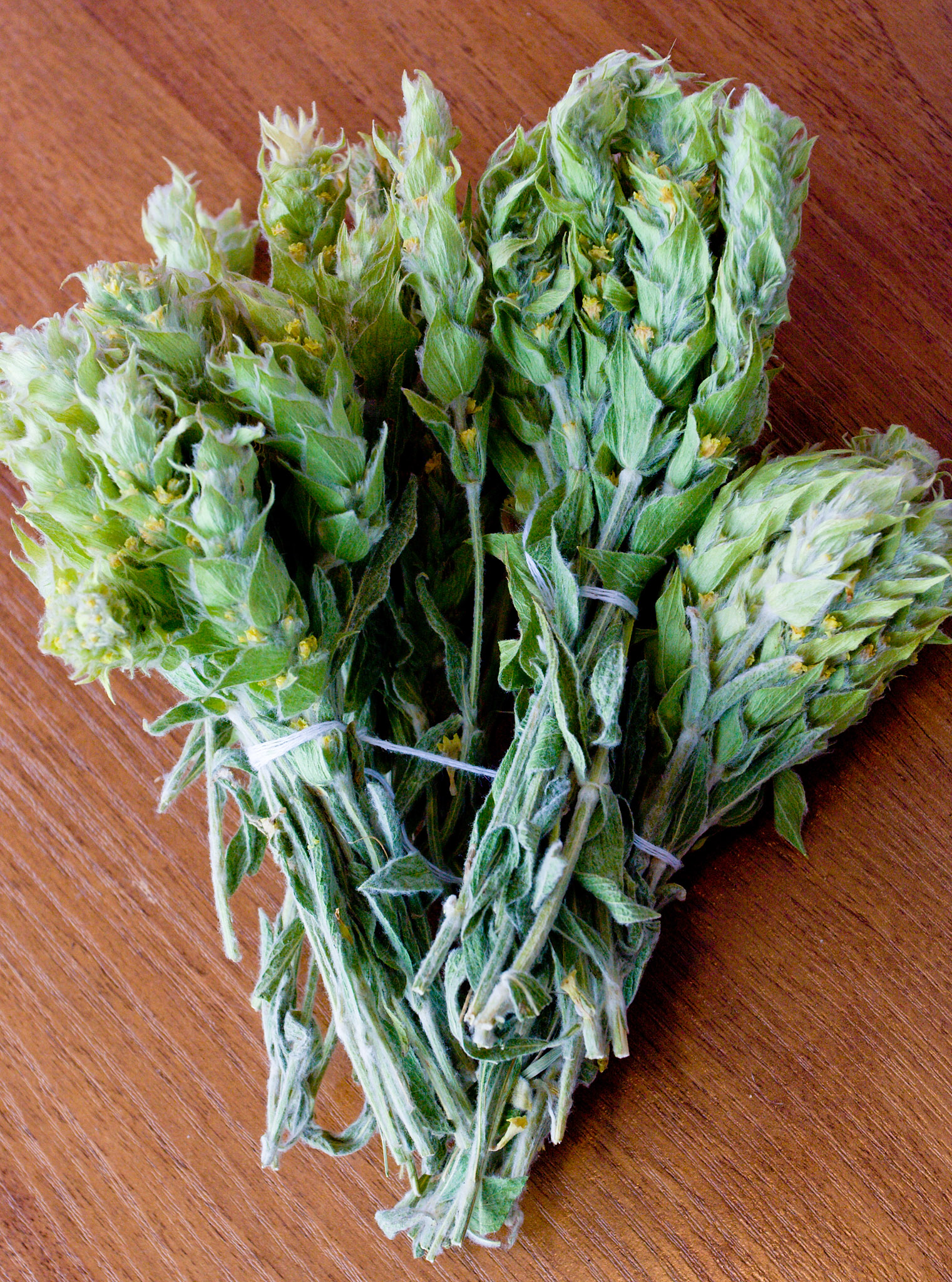|
Sideritis Romana
''Sideritis romana'', the simplebeak ironwort, is a species of shrub in the family Lamiaceae. They have a self-supporting growth form and simple, broad leaves. Flowers are visited by European wool carder bee, Rhodanthidium septemdentatum, Amegilla, and Osmia andrenoides ''Osmia andrenoides'' is a species of bee from the ''Osmia'' genus. Plants pollinated by them includes ''Lavandula'' and simplebeak ironwort, etc. It occurs in West and Central Europe Central Europe is an area of Europe between Western Euro .... Individuals can grow to 0.15 m. Sources References {{Taxonbar, from=Q3960144 romana Flora of Malta ... [...More Info...] [...Related Items...] OR: [Wikipedia] [Google] [Baidu] |
Sideritis
''Sideritis'', also known as ironwort, mountain tea, and shepherd's tea, is a genus of flowering plants known for their use as herbal medicine, commonly as an herbal tea. They are abundant in Mediterranean regions, the Balkans, the Iberian Peninsula and Macaronesia, but can also be found in Central Europe and temperate Asia. History and etymology In Greek, "sideritis" ( Gr: σιδηρίτις) can be literally translated as "he who is made of iron". The plant was known to ancient Greeks, specifically Pedanius Dioscorides and Theophrastus. Although Dioscorides describes three species, only one (probably ''S. scordioides'') is thought to belong to ''Sideritis''. In ancient times "sideritis" was a generic reference for plants capable of healing wounds caused by iron weapons during battles. However, others hold that the name stems from the shape of the sepal, which resembles the tip of a spear. Taxonomy In 2002, molecular phylogenetic research found ''Sideritis'' and five other ge ... [...More Info...] [...Related Items...] OR: [Wikipedia] [Google] [Baidu] |
Lamiaceae
The Lamiaceae ( ) or Labiatae are a family of flowering plants commonly known as the mint, deadnettle or sage family. Many of the plants are aromatic in all parts and include widely used culinary herbs like basil, mint, rosemary, sage, savory, marjoram, oregano, hyssop, thyme, lavender, and perilla, as well as other medicinal herbs such as catnip, salvia, bee balm, wild dagga, and oriental motherwort. Some species are shrubs, trees (such as teak), or, rarely, vines. Many members of the family are widely cultivated, not only for their aromatic qualities, but also their ease of cultivation, since they are readily propagated by stem cuttings. Besides those grown for their edible leaves, some are grown for decorative foliage. Others are grown for seed, such as ''Salvia hispanica'' (chia), or for their edible tubers, such as ''Plectranthus edulis'', ''Plectranthus esculentus'', '' Plectranthus rotundifolius'', and '' Stachys affinis'' (Chinese artichoke). Many are also grown orn ... [...More Info...] [...Related Items...] OR: [Wikipedia] [Google] [Baidu] |
European Wool Carder Bee
''Anthidium manicatum'', commonly called the European wool carder bee is a species of bee in the family Megachilidae, the leaf-cutter bees or mason bees. They get the name " carder" from their behaviour of scraping hair from leaves such as lamb's ears ('' Stachys byzantina''). They carry this hair bundled beneath their bodies to be used as a nest lining. Like other members of the tribe Anthidiini, these bees do not cut leaves or petals as is typical for megachilids. The males engage in territorial behaviour, aggressively chasing other males and pollinators from their territory. This bee is native to Europe, Asia and North Africa. It has recently been seen in regions of South America, New Zealand, and the Canary Islands. They are generalists, and do not seem to prefer any plant genera for foraging, although in New Zealand native plants are visited less frequently by this bee species. It was accidentally introduced into North America from Europe some time in the mid 20th century, ... [...More Info...] [...Related Items...] OR: [Wikipedia] [Google] [Baidu] |
Osmia Andrenoides
''Osmia andrenoides'' is a species of bee from the ''Osmia'' genus. Plants pollinated by them includes ''Lavandula'' and simplebeak ironwort, etc. It occurs in West and Central Europe Central Europe is an area of Europe between Western Europe and Eastern Europe, based on a common historical, social and cultural identity. The Thirty Years' War (1618–1648) between Catholicism and Protestantism significantly shaped the area' .... References andrenoides Insects described in 1808 {{Megachilidae-stub ... [...More Info...] [...Related Items...] OR: [Wikipedia] [Google] [Baidu] |


